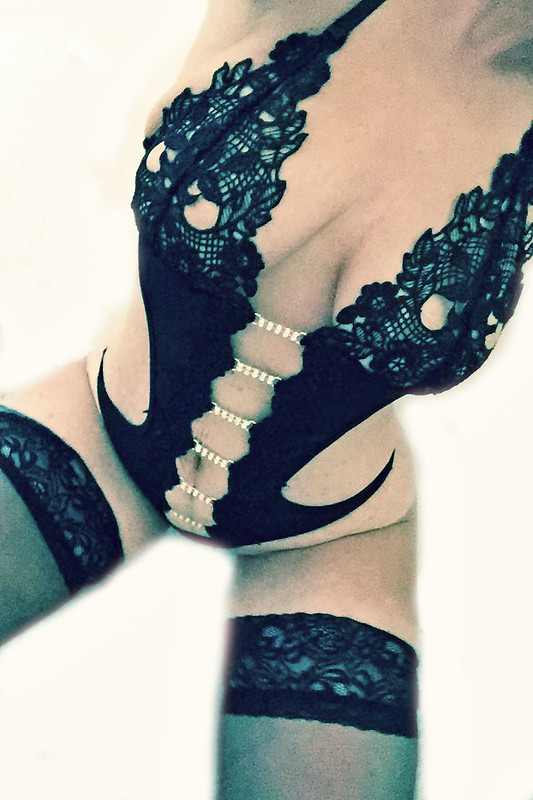To boost the newest resemblance of your helpless-character and you may bully-present conditions, the smoothness wore a tiny headdress (as in the newest bully condition out-of try 1) both in criteria
The following forecast about positivity interpretation are that it is maybe not matter whether the bully left the scene or remained present in the decide to try samples: For as long as the type-familiarization samples represented a negative communications, infants is always to hold no variety of assumption about perhaps the protagonists create follow otherwise disobey the smoothness. 1B) same as new bully condition aside from on (15-s) take to situations, new bully remained regarding the world adopting the protagonists ran for the our house (Video S7 and S8). If answers on bully and bareheaded-bully standards were according to an absence of positivity about character-familiarization examples, then babies in the bully-present condition is always to once more browse equally  at obey and you can disobey incidents while they acquired an equivalent profile-familiarization trials. But not, if the, once we recommended, these solutions was basically predicated on a couple face-to-face factors (the latest protagonists you’ll consistently follow to help you avert harm, or they might disobey because the bully try away plus they wanted to stay-in industry), then an alternate result will likely be discovered. To your bully remaining in the view, kids is to now assume the fresh protagonists to keep in order to obey their acquisition, since she you will hurt her or him if they disobeyed. Equivalent looking times within follow and you may disobey events, as in brand new bully and you may bareheaded-bully requirements, perform ergo contain the positivity translation, while prolonged lookin times within disobey than simply within follow event perform assistance our very own interpretation.
at obey and you can disobey incidents while they acquired an equivalent profile-familiarization trials. But not, if the, once we recommended, these solutions was basically predicated on a couple face-to-face factors (the latest protagonists you’ll consistently follow to help you avert harm, or they might disobey because the bully try away plus they wanted to stay-in industry), then an alternate result will likely be discovered. To your bully remaining in the view, kids is to now assume the fresh protagonists to keep in order to obey their acquisition, since she you will hurt her or him if they disobeyed. Equivalent looking times within follow and you may disobey events, as in brand new bully and you may bareheaded-bully requirements, perform ergo contain the positivity translation, while prolonged lookin times within disobey than simply within follow event perform assistance our very own interpretation.
The transaction-familiarization products was ergo similar in the a couple criteria, and also the sample trials differed merely in that the new bully remained from the scene regarding bully-establish position.
Looking times in the two test pairs (Fig. 3) were averaged and compared using an ANOVA with condition (powerless-character, bully-present) as a between-subject factor and event (obey, disobey) as a within-subject factor. Only the condition ? event interaction was significant, F(1, 30) = , P = 0.001, ?p 2 = 0.29. 69, P = 0.038, d = ?0.49, whereas infants in the bully-present condition looked significantly longer at the disobey (M = , SD = ) than at the obey (M = , SD = 9.98) event, F(1, 30) = 8.02, P = 0.008, d = 0.68. Wilcoxon signed-rank tests confirmed the results of the powerless-character (Z = 2.15, P = 0.032) and bully-present (Z = 2.17, P = 0.030) conditions.
In two additional ANOVAs, we compared the test looking times in the powerless-character condition with those in the leader (experiment 1) and bareheaded-leader (experiment 2) conditions. The condition ? event interaction was significant in each analysis, both Fs (1, 30) ? , P < 0.001, ?p 2 ? 0.37, confirming that responses in the powerless-character condition differed from those in the leader and bareheaded-leader conditions. Lastly, we compared the test looking times in the bully-present condition with those in the bully (experiment 1) and bareheaded-bully (experiment 2) conditions. Once again, the condition ? event interaction was significant in each analysis, both Fs (1, 30) ? 6.04, P ? 0.020, ?p 2 ? 0.17, confirming that infants held different expectations for the protagonists’ behavior when the bully remained present as opposed to left the scene.
Planned evaluations showed that children on the helpless-character updates searched significantly expanded at the follow (Yards = , SD = ) than just from the disobey (Meters = , SD = ) enjoy, F(step 1, 30) = 4
The results away from try 3 rule out the brand new positivity interpretation from tests step one and 2. Throughout the helpless-reputation reputation, infants expected the 3 protagonists to disobey new lone helpless reputation, while the four of those had interacted definitely on the character-familiarization samples. In contrast, from the bully-expose updates, children requested this new protagonists to carry on so you’re able to obey the brand new bully, whilst four of those got interacted negatively throughout the character-familiarization trials. Positivity thus played absolutely nothing character when you look at the infants’ reason, as they requested disobedience despite a confident interaction (powerless-character condition) and you can obedience even after a poor communications (bully-expose standing). Way more generally, the outcome from check out step 3 assistance all of our idea the bad findings of your bully and you will bareheaded-bully standards illustrated the returns away from several opposing factors: You to (supported by the new bully-establish standing) was that the protagonists you are going to consistently obey the latest absent bully away from concern with becoming hurt, therefore the almost every other (backed by the latest helpless-reputation condition) is the protagonists you’ll disobey this new absent bully because their control of them diminished if you find yourself she are aside.
